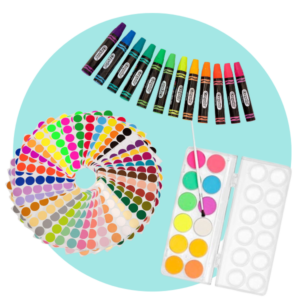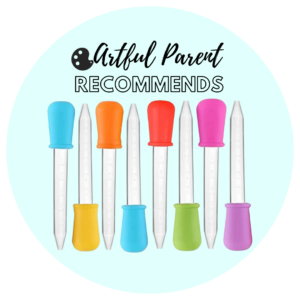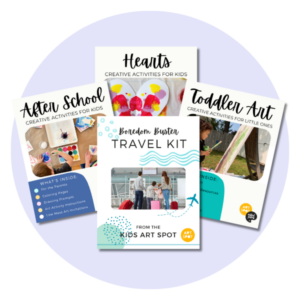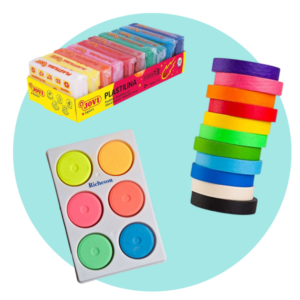I spend a lot of mornings pushing a stroller down our tree-lined street in Itaim Bibi, a bag of tomatoes and fresh herbs stuffed in the basket, and a one-year-old singing to the pigeons.
That short walk sets the tone for our day. We talk about the color of the sky, who we’ll see, what we’ll cook. It’s simple and ordinary.
Yet those ordinary moments keep showing me the clearest signals that we’re on the right track as parents.
Here are the seven behaviors I look for in my own daughter and in the kids around us. If you’re seeing these at home, breathe out. You’re doing well.
1. They try things without knowing how it will go
Some days Emilia pokes a new food, makes a face, then gets brave and takes a bite anyway.
Other days she wobbles on the playground step, pauses, and reaches for my hand. That tiny reach is courage. It tells me she’s willing to risk a little discomfort to learn something new.
I nudge this along by praising effort, not outcomes. When she stacks two blocks and the third falls, I’ll say, “You kept going. That was smart.”
I also model it. If I burn lunch, I say out loud, “I’m still learning this recipe.” As Carol Dweck puts it, “No matter what your current ability is, effort is what ignites that ability and turns it into accomplishment.”
I love that reminder because it shifts our focus from talent to practice.
2. They respond to your voice and you respond to theirs
When a child babbles and you answer with eye contact, a word, or a smile, you’re doing brain-building work in real time.
Harvard calls this “serve and return,” and the concept is beautifully simple. Your child serves with a sound or gesture.
You return with attention and warmth. Over time, that back-and-forth strengthens the wiring for communication and trust.
I see it every day when I narrate our grocery run or mirror Emilia’s silly sounds. We’re not trying to be perfect, just present.
As the Center on the Developing Child explains, this back-and-forth “helps to build and strengthen neural connections” that support social and language skills.
3. They play like it matters, because it does
Play isn’t a “nice to have” for kids. It’s how they make sense of the world.
When Emilia dumps out the Tupperware drawer and turns lids into drums, she’s exploring cause and effect, rhythm, and her own creativity. I’ve learned to pause my tidy-up instinct and let her experiment for a beat longer.
Research backs this up. UNICEF describes play as a way children build problem-solving, communication, and emotional skills, and also strengthen the bond with their caregivers.
- 9 subtle behaviors that reveal an upper-middle-class person lacks maturity and emotional intelligence - Global English Editing
- 7 things about your appearance that changed when you hit your 60s (but everyone pretends not to notice) - Global English Editing
- The art of first impressions: If you do these 5 things in the first minute, people instantly like you - Global English Editing
In their words, play is “about learning and building important life skills.”
4. They show small kindnesses without being asked
Kids learn kindness from the behavior they see most.
In our family, we practice micro-kindness: offering the nicer seat, saving the last strawberry for someone else, saying thank you to the delivery person. Emilia watches it all.
When she hands a toy to a friend or pats someone’s arm when they’re upset, I know those little scripts are sinking in.
I keep the bar realistic. I don’t expect perfect sharing or saintly patience. I do expect progress. After a playdate in Santiago, my mother-in-law quietly pointed out how Emilia waited her turn at the slide, then clapped for the other child when they went.
That small clap told me we’re raising a child who notices others and celebrates them too.
5. They respect rhythms, and you protect them
Our weekday rhythm is basically sacred. Wake at seven, breakfast together at the kitchen island, walk to work with my husband, then a mix of play and naps before the evening routine.
Do we bend sometimes? Of course. But mostly we stick with it because kids thrive on predictable patterns.
Routines give children a felt sense of safety. They know what comes next, which frees up energy for learning and connection. I see the payoff at bedtime.
When we follow our familiar steps, Emilia relaxes faster and sleeps more peacefully. Her behavior the next day reflects that rest. She’s less reactive, more curious, and happier to engage. It’s not rigid. It’s caring.
6. They bounce back after setbacks
A toddler’s life is full of tiny failures. Spilled milk. Tower falls. Shoe on the wrong foot. Watching how a child returns after those moments tells you a lot about the emotional climate at home.
Do they freeze, waiting for judgment, or do they try again with support?
We try something simple that works: narrate the feeling, normalize the mistake, invite the next step. “That was frustrating. You worked hard. Want to try again or take a break?” Often she chooses to try again.
Sometimes she toddles off, then circles back. Either way, she learns that hard moments don’t define her. They just pass through.
7. They include you in their world
I love when Emilia toddles over with a book and drops it in my lap. It’s not just cute. It’s a sign she trusts me and wants to share her interests.
She invites me to witness her world, and I say yes as often as I can.
In practical terms, this looks like five-minute pockets of undistracted attention. I put my phone face down. I sit on the floor and let her lead. We follow her curiosity.
Those small pockets change our whole day. She cooperates more during transitions and feels confident to explore on her own, because the connection tank is full.
Final thoughts
Parenting is a long game. Some days you’ll have fresh fruit cut in perfect slices and other days you’ll serve scrambled eggs for dinner and call it good.
What matters is the steady pattern your child experiences over time: safety, warmth, and the freedom to learn.
So if your child is trying new things, doing back-and-forth with you, diving into play, showing kindness, settling into rhythms, bouncing back, and inviting you in, you’re on solid ground.
Keep going. Keep adjusting. Keep noticing what already works in your home.
On our evening walks in São Paulo, we point out the pink light on the buildings and wave to neighbors. We come home to bath time, a warm bottle, and a clean kitchen because one parent tidied up while the other did bedtime. Then we sit down together, grateful.
The day wasn’t fancy. It was full of proof that this little human is growing well. And that’s everything.
Related Posts
-
If your child shows these 5 behaviors, you’re doing better than you think
Some days I feel like a project manager, a cleaner, a short-order cook, and a…
-
If your adult child keeps their distance, these 7 shifts could bring you closer
Parenting doesn’t stop when your children become adults—it just changes shape. But here’s the thing:…
-
If you don’t tolerate these 7 things, you probably have a very strong personality
Some people think a “strong personality” is loud, intense, or always in charge. In my…












